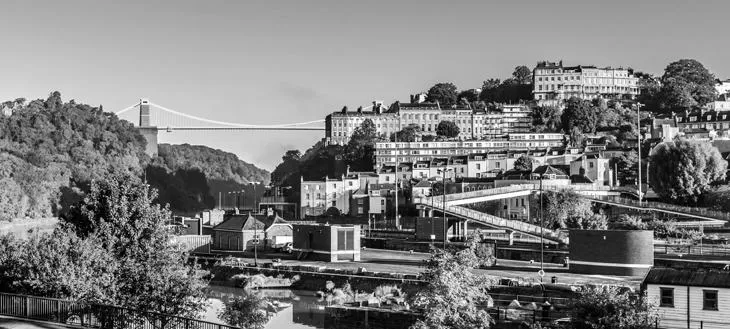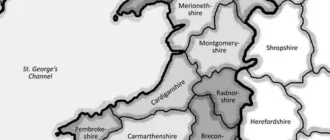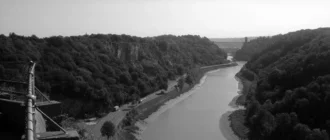You’ve heard of Bristol, the city straddling the River Avon in southwest England. But what is Bristol, and what can it offer visitors? The city has a rich maritime history and is now a vibrant cultural centre. Its historic waterfront is home to the M Shed museum, which explores the local industrial and social history. The city’s 19th century warehouses now house shops, restaurants, and cultural institutions. Its famous Arnolfini art gallery also features contemporary art.
Bristol is a city straddling the River Avon
Situated on the River Avon in southwest England, Bristol is a port city and cultural hub with a rich maritime history. The city is home to some of Brunel’s most stunning architectural achievements and has a lively, arty atmosphere. As a result, more people are choosing to visit Bristol for a weekend break. There’s something for everyone to do and see in this fascinating city.
Bristol’s creative and artistic side is apparent in its diverse neighborhoods and its renowned arts scene. Foodies will love the St Nicholas’ Markets, while music lovers will be drawn to the Idle Hands and Payback music venues. Those with a taste for antiques and vintage will enjoy browsing the Old Market. You can also see local artists spray-painting the walls of Bristol’s iconic buildings and hanging out at the Centrespace studio collective.
The city has been regarded as a cutting-edge hub for the arts, and this is evident in its renowned film and theatre industry. Bristol has produced several Oscar-winning plasticine figures and Hollywood stars and has also been home to some of the world’s most exciting film festivals.
It is a county in its own right
Many people have a misconception that Bristol is a county in its own right. While the city has historically been a county, it was only a city during the medieval period. It became a county in 1542, and it is located between Gloucestershire and Somerset counties. There are a number of reasons for this confusion.
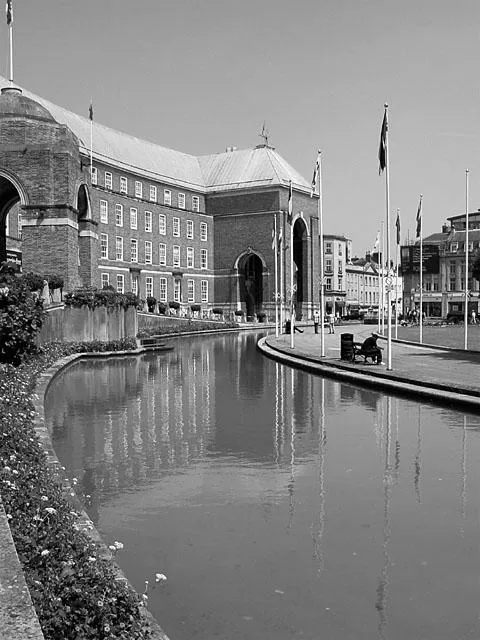
Bristol’s modern economy is based around creative media, electronics, and aerospace industries. Its docklands have also become popular cultural hubs. The city also has the largest circulating community currency in the United Kingdom, the Bristol Pound, which is pegged to pound sterling. The city also boasts two universities and a number of sports and arts organisations. It was nominated for the 2008 European Capital of Culture.
In the late Middle Ages, Bristol was a major port for trade with Ireland. In the 11th century, the town was home to a castle that was one of the largest in southern England. The River Avon shaped the town’s development, becoming a port that handled much of England’s trade with Ireland. In 1373, Bristol was established as a separate county, separated from Somerset and Gloucestershire. In the following years, the city became an industrial hub, and was the starting point for many important voyages.
It has a vibrant youth culture
The City of Bristol is an award-winning green city. It has achieved Silver-Certified Sustainable CT status, the highest level of certification currently available. Bristol has met high standards in a variety of areas to achieve this recognition, including inclusive community building, vibrant arts and culture, clean transportation, and diverse housing.
Bristol is one of England’s biggest cities, with the eighth largest urban population in the United Kingdom. The city has had a great influence on the British Youth Culture movement, with artists such as Massive Attack and Banksy originating in Bristol. A look into Bristol’s youth culture shows that the city is not just a hotbed for hip hop, but also a thriving cultural hub for young people.
The city is home to many creative industries, from music to film. A turntable DJ from Bristol, Mad Cut, won the National DMC Championships last year and has performed all over the UK and abroad. Another contemporary success story is Bristol-based hip-hop band Aspects. In the past year, the city has witnessed a huge increase in the sale of British hip-hop albums. Bristol hip-hop music is currently the highest-selling genre in Britain.
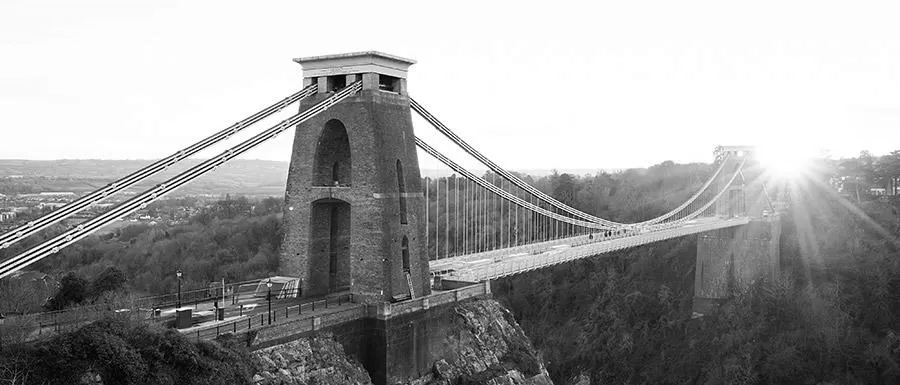
Young people in Bristol are becoming more aware of their cultural backgrounds and the importance of taking part in local events. Tom Davies is one such cultural ambassador, encouraging local artists across disciplines. His work has influenced the poetry scene in Bristol, and he is an active member of the city’s creative community.
It has a cathedral
Located in the heart of Bristol, the city has a cathedral which dates back to the 12th century. The cathedral is unusually high and features three vaults in the choir and aisles. Its Gothic architecture is influenced by the German style of late Gothic “hall churches,” while the cathedral chapter house is reminiscent of the English neo-gothic style. The cathedral also contains some of the oldest surviving examples of pointed arches in England.
The cathedral was originally an Augustinian abbey and was built on the site of an early Christian settlement. During this time, many early Christians gathered on the Holy Jordanus Hill, which is where Bristol’s cathedral stands today. Some of the stone from this period was also used to construct the cathedral. Throughout the centuries, the cathedral has played an important role in the city’s history. In 1337, rebels attacked the cathedral, protesting against a parliamentary reform law. The rebels also destroyed the bishop’s quarters. The chapter house was also extensively damaged and a fire in the library destroyed valuable archives.
Bristol has a cathedral that dates back to the 11th century. The original church was completed in 1140, and the cathedral itself was reconstructed during the 14th century. In 1542, the cathedral became a cathedral and the seat of the bishop of Bristol. The cathedral has a variety of architectural styles, including the Romanesque Revival and Gothic Revival styles.
It has a suspension bridge
One of the most iconic sights in Bristol is the Clifton Suspension Bridge. The bridge spans the Avon Gorge and connects the city with North Somerset. This Grade I-listed structure is popular with visitors from around the world. The bridge is open to the public all year round and tolls are collected to fund its upkeep.

The Clifton suspension bridge is one of Bristol’s most iconic landmarks, and a fine example of Victorian engineering. It was designed by the famous Victorian engineer, Isambard Kingdom Brunel. He envisioned the bridge to cross the Avon gorge and link up with the Clifton Suspension Bridge. But the actual bridge is nothing like his vision.
The bridge is over 300 feet tall, and the twin towers are 86 feet high. The bridge was completed in 1864. Its central span is 702 ft (214 m), and the clearance below the deck is 245 feet above high water. The Bristol Bridge has survived many tests, including earthquakes, and is expected to continue to do so for years to come.
Until the Clifton Suspension Bridge opened, Bristol had no other stone bridge in the city. The bridge has been the site of numerous suicides. The bridge is also home to plaques that advertise the number of the Samaritans. In fact, the bridge has become a symbol of the city.
It has a university
Bristol is home to one of the world’s leading universities – the University of Bristol. It has roots going back to 1876 and now operates both in the UK and internationally. The university is recognized for its research excellence and interdisciplinary approach. It regularly features in global league tables. Here, you can choose from a wide range of degree courses to suit your interests.
Bristol University is structured into six academic faculties, each consisting of a number of schools and departments. It offers more than 200 undergraduate courses. In 2016/17, more than half of all undergraduate students went on to full-time employment and over twenty percent went on to further study. In addition, Bristol has a strong international research and innovation reputation. It has nine Nobel laureates among its alumni.
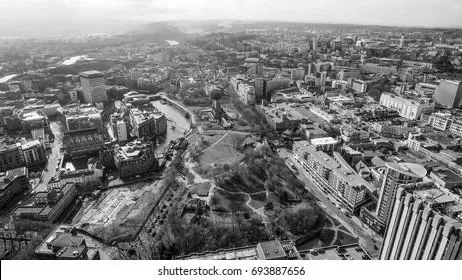
Students will benefit from the diverse range of courses and units offered by the University of Bristol. Students can take units from any department across the University. Coursework is assessed through a combination of lectures, tutorials and smaller-group seminars. Some subjects require project groups or laboratory sessions. To ensure a successful experience, students are encouraged to establish a regular working routine.
